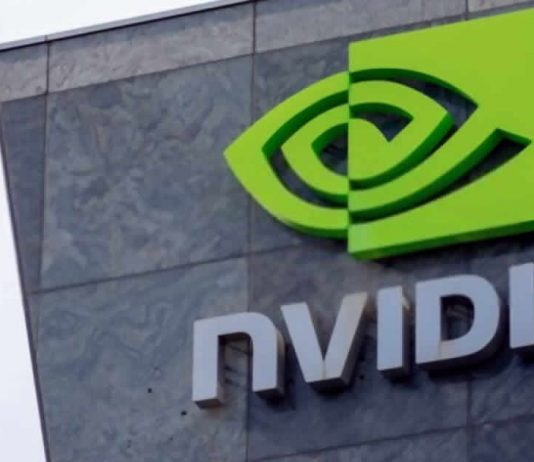Nvidia initiates a turning point for supporting its own graphics cards under Linux and opened its driver for open-source for the first time. Under dual GPL/MIT license, the driver version R515, which is already available on GitHub, makes the start.
With the open-source offer, it is now possible for providers of software and especially distributors to integrate the driver directly and adapt it as desired.
Canonical, SUSE and Red Hat have already commented positively on the release. Accordingly, Canonical and SUSE will be the first to integrate Nvidia’s free GPU modules into their Linux distributions Ubuntu and SUSE Linux Enterprise.
For the open-source community, this step is an important one. There have been calls for it for years – now the time has finally come, and the step should make the use of Nvidia GPUs on Linux systems much easier.
However, the current version R515 is still in the beta test phase. The release includes precompiled versions of both the closed-source driver and the open-source kernel modules. These versions are mutually exclusive, so a choice can be made during installation.
Graphics drivers based on the “Open-Source GPU Kernel Modules” require a graphics card based on the Turing or Ampere architectures. Older GPU generations from Nvidia have to resort to the proprietary driver or the open-source driver Nouveau.
While open-source AMD drivers for Linux have been around for several years, Nvidia has so far only developed closed-source drivers, at least for its consumer graphics cards. The latter is now to be scaled back for the further development of the open-source drivers.


